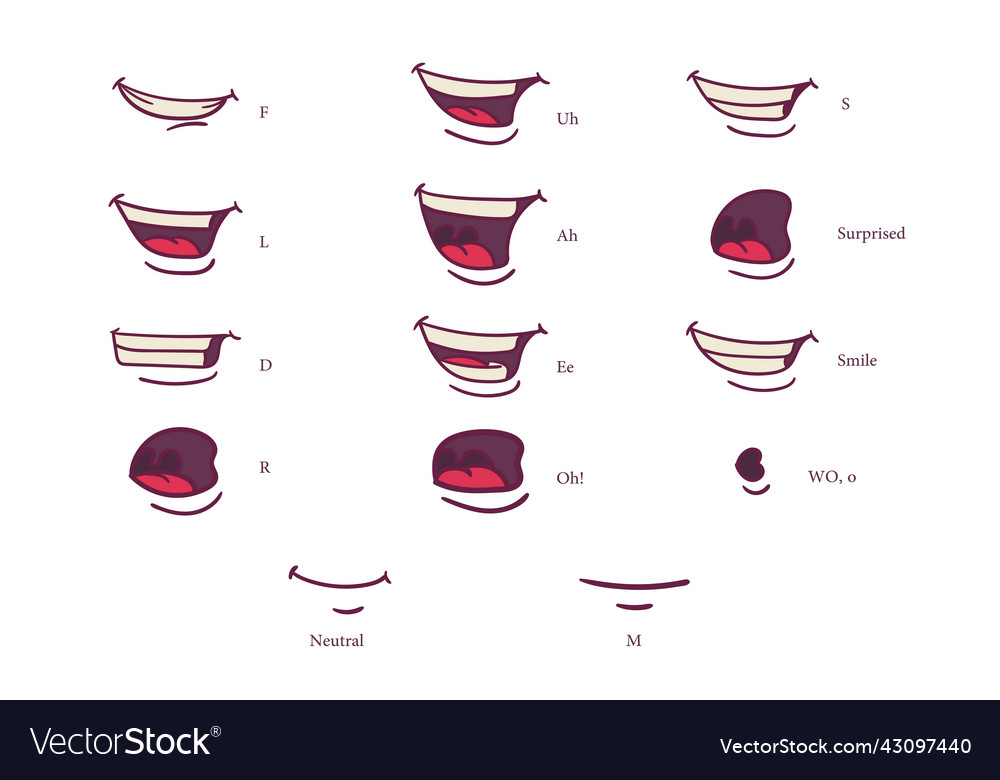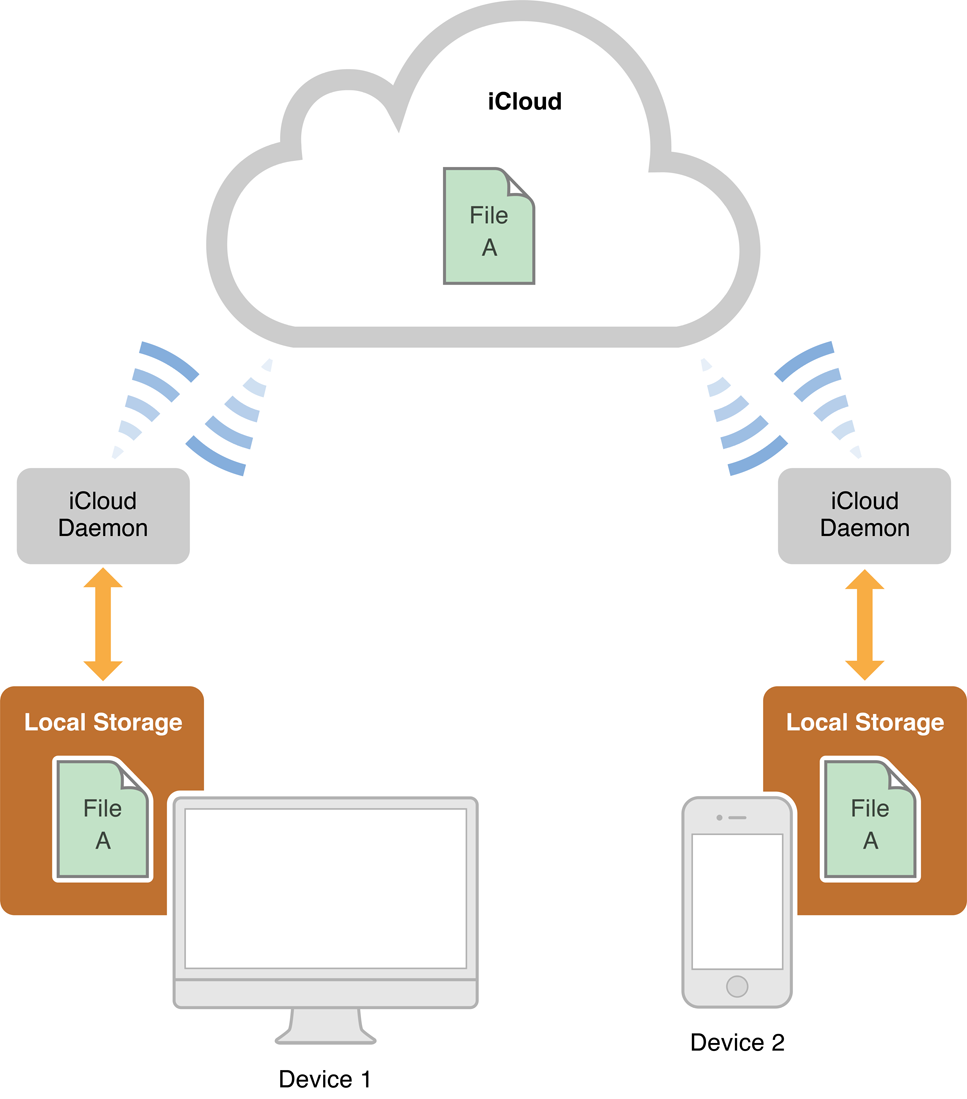Mastering the Art of Syncing Your DAW with Video: A Practical Guide
How to sync digital audio workstations with video is a common question for music lovers, especially those working on projects that involve both audio and visual elements. Whether you’re creating a soundtrack for a film, adding music to a video presentation, or producing a music video, seamlessly blending your audio and video tracks is crucial. This comprehensive guide from theautonomics.com will walk you through the process, providing practical tips and techniques to achieve perfect synchronization.
Explore
- 1 Understanding the Basics of Audio-Video Synchronization
- 2 Choosing Your Digital Audio Workstation (DAW) and Video Editing Software
- 3 Essential Techniques for How to Sync Digital Audio Workstations with Video
- 4 Troubleshooting Common Synchronization Issues
- 5 Advanced Techniques for Seamless Synchronization
- 6 How to Sync Digital Audio Workstations with Video: A Step-by-Step Guide
- 7 Refining Your Synchronization Skills
- 8 Final Thoughts on Perfecting Your Audio-Video Sync
Understanding the Basics of Audio-Video Synchronization
Before diving into the technical aspects of how to sync digital audio workstations with video, it’s essential to grasp the fundamental concepts. Synchronization, in this context, refers to aligning your audio and video tracks so that the audio perfectly matches the visual elements on screen. This requires precise timing and a good understanding of your chosen software. A slight delay or misalignment can significantly detract from the overall impact of your project, making it seem unprofessional and jarring to the viewer.
Choosing Your Digital Audio Workstation (DAW) and Video Editing Software
The first step in learning how to sync digital audio workstations with video is selecting the right tools. Numerous DAWs (like Logic Pro X, Ableton Live, Pro Tools, Cubase, and Reaper) and video editing software (such as Adobe Premiere Pro, Final Cut Pro, DaVinci Resolve, and Filmora) are available, each with its own strengths and weaknesses. The choice depends on your budget, experience level, and specific project requirements. Compatibility between your DAW and video editor is also a significant factor. Some programs integrate seamlessly, while others require additional plugins or workarounds.
Essential Techniques for How to Sync Digital Audio Workstations with Video
Once you’ve selected your software, you’ll need to master several key techniques for achieving perfect sync. These techniques often involve using markers, timecode, and various synchronization methods.
Using Markers for Synchronization
Markers are a simple yet effective method for how to sync digital audio workstations with video. In your video editor, mark key moments in your video that correspond to specific events or sections in your audio. Then, place corresponding markers in your DAW at the exact same points. This allows you to visually align the two tracks, ensuring a smooth and accurate synchronization.
Utilizing Timecode for Precise Alignment

Timecode is a more advanced method offering superior precision for how to sync digital audio workstations with video. Timecode embeds a numerical representation of time onto both your audio and video tracks. Your DAW and video editor can then use this timecode to precisely align the tracks, even if they’ve been edited or manipulated. This is particularly useful for complex projects involving multiple takes and edits.
Employing External Synchronization Devices
For professional-level productions, external synchronization devices provide the most reliable solution for how to sync digital audio workstations with video. These devices generate a timecode signal that’s sent simultaneously to both your DAW and video editor, ensuring perfect synchronization regardless of the complexity of your project.
Troubleshooting Common Synchronization Issues
Even with the best techniques, you might encounter synchronization problems. Here are some common issues and their solutions.

Audio-Video Drift
Audio-video drift is a common problem where the audio and video gradually fall out of sync over time. This often results from slight variations in frame rate or clock speed. Checking your frame rates and ensuring both your DAW and video editor are using the same clock source can resolve this.
Latency Issues
Latency, or delay, can also cause synchronization problems. This can stem from various factors, including the processing power of your computer, the drivers for your audio interface, and the software you’re using. Optimizing your computer’s performance, updating drivers, and using low-latency settings in your DAW and video editor can help mitigate this.
Inconsistent Frame Rates

Inconsistent frame rates between your audio and video can lead to synchronization problems. Ensure that both your audio and video are using the same frame rate. If they differ, you may need to convert one to match the other.
Incorrect Marker Placement
Inaccurate marker placement can also lead to synchronization errors. Double-check all your markers to ensure they’re placed precisely at the correct points in both your audio and video tracks.
Advanced Techniques for Seamless Synchronization
For more advanced users, several techniques can enhance synchronization and workflow.
Using Plugin Synchronization Tools
Many plugins are designed specifically for audio-video synchronization. These plugins often offer features like advanced timecode management, automatic alignment tools, and real-time monitoring of synchronization.
Working with Multiple Audio Tracks
Working with multiple audio tracks can increase the complexity of synchronization. Using separate tracks for different audio elements (like dialogue, music, and sound effects) and carefully aligning them with your video can ensure a clean and professional result.
Utilizing Video Editing Software’s Audio Capabilities
Many video editing software packages include basic audio editing capabilities. This allows you to perform minor audio adjustments directly within the video editor, which can simplify the synchronization process.
How to Sync Digital Audio Workstations with Video: A Step-by-Step Guide
Let’s illustrate how to sync digital audio workstations with video with a simple step-by-step example.
- Import your video file into your video editing software.
- Import your audio file into your DAW.
- Identify a prominent visual cue in your video, such as a clap or a distinct action.
- In your video editor, place a marker at the precise moment of that cue.
- In your DAW, play your audio and find the corresponding moment of the cue.
- Place a marker in your DAW at that point.
- Use the markers to align your audio and video tracks.
- Export your synchronized audio and video.
Refining Your Synchronization Skills
Mastering how to sync digital audio workstations with video is a journey, not a destination. Practice is key to developing your skills. Start with simple projects and gradually increase the complexity as you gain experience. Experiment with different synchronization techniques and find the methods that work best for you and your workflow.
Final Thoughts on Perfecting Your Audio-Video Sync
How to sync digital audio workstations with video is a fundamental skill for any music lover involved in audio-visual production. Whether you’re a beginner or an experienced professional, mastering these techniques will significantly improve the quality and professionalism of your projects. By understanding the basics, employing the right tools, and practicing regularly, you can achieve perfect synchronization between your audio and video, creating a captivating and seamless experience for your audience. Remember, patience and attention to detail are crucial in achieving a flawless sync. Through dedication and practice, you can master the art of audio-video synchronization and elevate your productions to the next level.
